
Azure HPC at International Supercomputing 2021
This article is contributed. See the original author and article here.

| ||

| 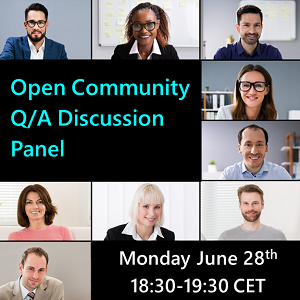
| 
|

| 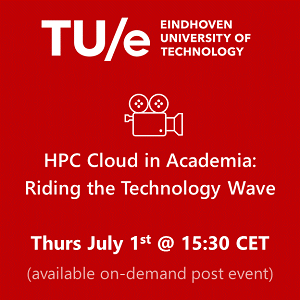
| 
|
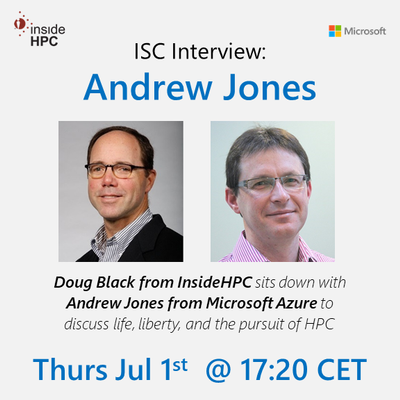
| 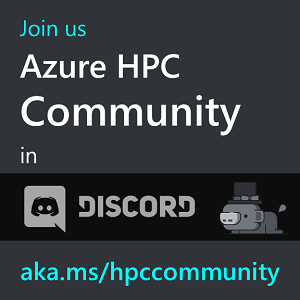
| 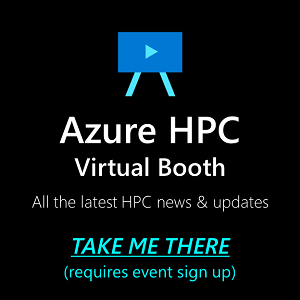
|

This article is contributed. See the original author and article here.

| ||

| 
| 
|

| 
| 
|

| 
| 
|
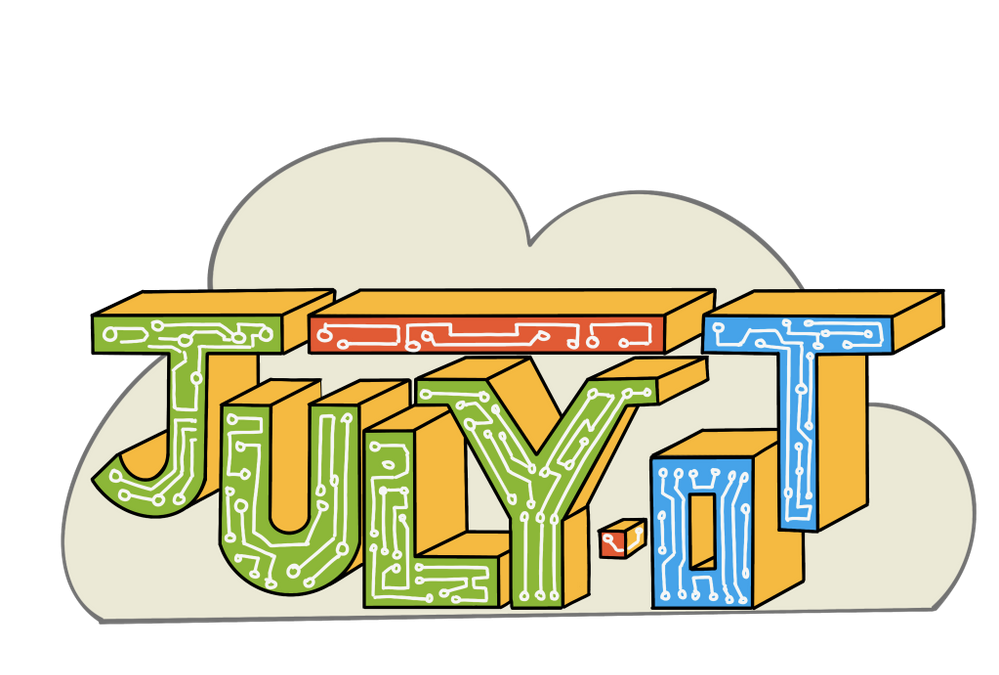
This article is contributed. See the original author and article here.
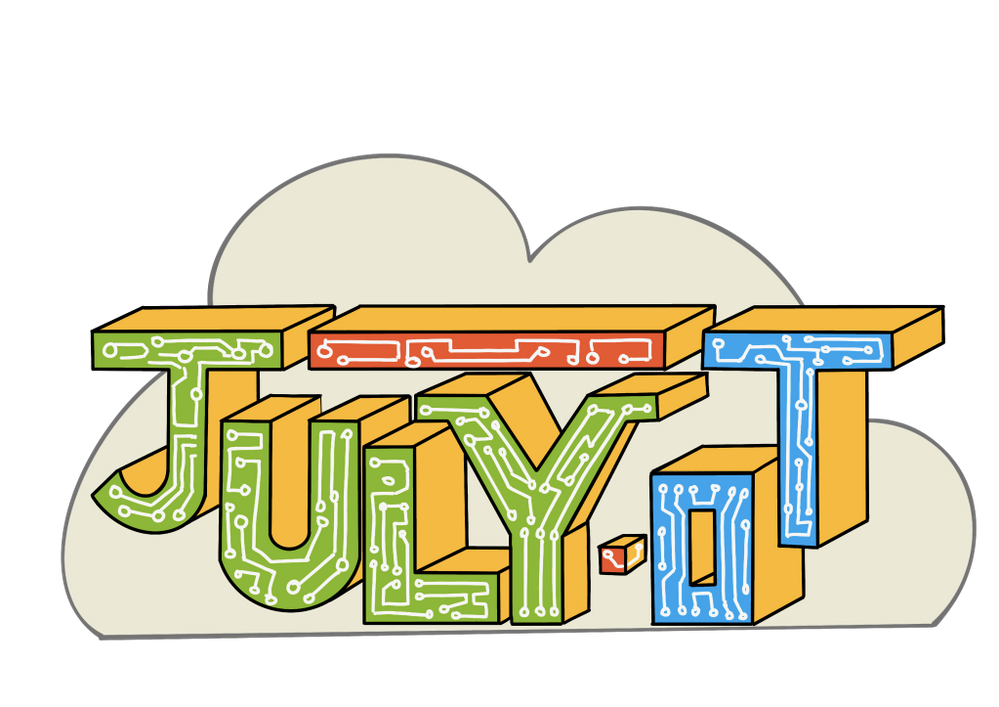
Introduction
It’s a new year, and it’s time for another round of #JulyOT! This themed month of blog posts, live streams, videos, and learning materials focuses on all things related to development of IoT Solutions built using Azure IoT Services.
Throughout the month of July, the IoT Cloud Advocacy team @ Microsoft will be sharing content and events put together by IoT enthusiasts from around the world. This includes content from community members, Microsoft employees, and could even involve you!
For every weekday in July, we’ll focus on a featured content piece from our curated collection at the IoT Tech Community. The idea is to inspire those curious about IoT to pursue their own personal projects within the realm of Internet of Things.
Make sure to bookmark our #JulyOT post at the Microsoft IoT Tech Community and be sure to refresh the page throughout the month, as we will be adding new content each week that align to this year’s #JulyOT Content Themes!
#JulyOT Content Themes
Each week during the month of #JulyOT, we will focus on a specific area of IoT and we are pleased to say that we have a little bit of something for everyone. See below for a quick listing of our content themes for the month!
Whether you are interested in applied artificial intelligence, a total beginner, a student looking to start a class project, teacher looking for an IoT course curriculum, a hardware tinkerer / hacker, or professional developer looking to designate yourself as an official Azure IoT Developer, we have you covered! Check out the sections below for more details on what to expect during these themed weeks.
July 1 – 2 : #JulyOT Content Kickoff
We plan to begin #JulyOT by spreading the word far and wide ot let everyone know that we are looking to inspire interested individuals from all over the world to build innovative IoT solutions. Help us by sharing this very blog post to your favorite IoT Communities!
July 5 – 9 : Artificial Intelligence at the Edge
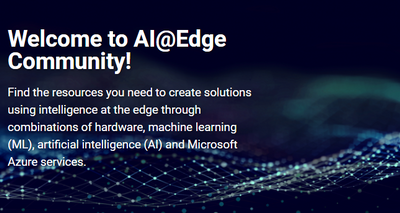
Artificial Intelligence at the Edge is one of the hottest trends in IoT, and we have an excellent line-up of community created content to excite all who have an interest in this area. We’ll begin with a creative solution from Goran Vuksic that leverages the Azure Percept Dev Kit and Lego Boost sensors to create an Azure Percept Mobile! Also, Peter Gallagher and Clifford Agius, both incredible Azure IoT MVPs from the larger IoT Developer Community and hosts of Azureish Live, will share some exciting content that will show you how to build your own solutions using the Azure Percept Dev Kit. This will be followed up by an article from Chintan Shah, product manager at NVIDIA, that will show you how to enhance pre-trained AI models using the Transfer Learning Toolkit on Azure Virtual Machines! To finish off the week, Benjamin Cabe will share his infamous Artificial Nose, a device that can make sense of smells using an off the shelf microcontroller paired with TinyML.
July 12 – 16 : Beginners, Students, Teachers, and Makers
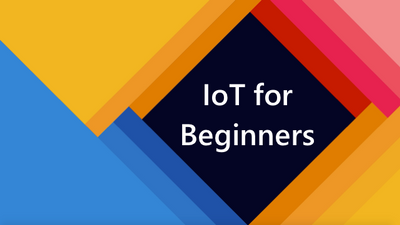
We often hear questions from folks interested in getting started with IoT, whether it is students looking to add a new in-demand skill to their learning, faculty looking for curricula to teach their knowledge-hungry students, bootcamps wanting to upskill their members, or experienced developers looking to learn a new area. This is why we’ve built IoT for beginners, a free, open source, project-based, 24 lesson curriculum designed to teach you or your students IoT from the ground up, built in collaboration between Microsoft and students around the globe. We understand that not everyone has access to IoT hardware for learning, so we’ve provided multiple options for what you need to get started, from IoT Kits from Seeed Studios, to virtual IoT hardware that you can run on your computer, simulating a range of sensors and actuators.
We’ll be kicking off the week with an introduction on the IoT Show from Jim Bennett that talks about what we’ve built and why we’ve built it, along with a series of livestreams in collaboration with the Microsoft Reactor covering the first 4 lessons. We will then share more lessons, focusing on a different project each day. We start with learning how to use IoT in a smart farm to help feed our growing population. We then move on a journey from the farm to your table with lessons based on a smart logistics project, tracking your food as it leaves the farm. We jump to AI on the edge next as you learn how to build an AI powered fruit quality detector as part of a smart factory. Retail is next on the agenda as you see how to build stock counting once again using AI on the edge. To round off the week it’s time to cook something nice, using a timer you’ve built as part of a voice controlled smart assistant.
As you get involved trying out these lessons and learning IoT we want you to share your experiences! Please share the IoT apps you have built with the hashtag #JulyOT!
July 26 – 30 : Microcontrollers and Embedded Hardware
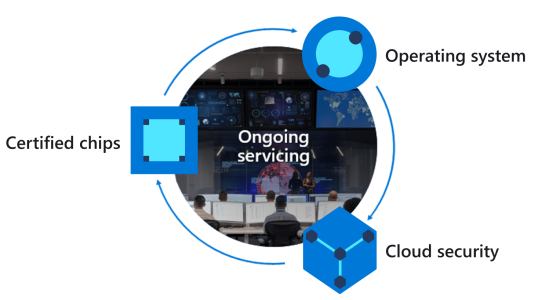
If you are not thinking about secure IoT then you should be especially considering recent ransomware attacks on American infrastructure. The focus of this week will be on building secure by design and default IoT solutions with Azure Sphere and Azure IoT.
This week will kickstart your Azure Sphere journey, and learn about best practices and useful tools that will make your life easier developing Azure Sphere applications.
Following this, be first to learn how we bought the Altair 8800 to Azure Sphere and cloud enabled the 40-year-old technology born when the internet was just a twinkle in Tim Berners-Lee’s eye. This project pushed the boundaries of Azure Sphere, the project is open source and you will learn how to run the Altair 8800 on the Azure Sphere and develop Basic, Assembler and C applications on the Azure Sphere.
We’ve also teamed up with Microchip to release new free courseware on Microchip University and the Enabling a Seamless IoT Experience with Microsoft Azure IoT and Microchip MCUs/MPUs on-demand webinar. Courses will cover the full device lifecycle, including provisioning at scale, connecting devices to the cloud, and working with top Microchip MCUs. (PIC, SAM E54, etc) Plus, we will cover how to work with IoT Plug and Play and using Azure IoT Central for device management.
And finally, the Raspberry Pi Foundation released the new RP2040 based Raspberry Pi Pico this year and there is now a Wi-Fi enabled developer board built on the RP2040 from Arduino. In this segment we will cover how to connect an RP2040 based microcontrollers to Azure IoT and Azure IoT Central with the new Azure SDK for Embedded C.
July 27 – 31 : Online Learning and Certification
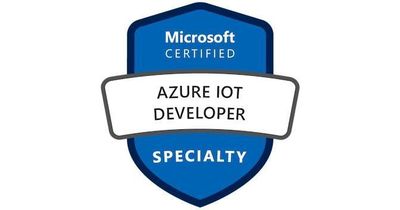
During these 31 days, we also want to challenge our community to sharpen their knowledge of Azure IoT Services by offering an Azure IoT Developer Journey designed to guide learners in pursuit of an official designation as a certified Azure IoT Developer. We are accompanying this Learning journey with a “30 Days to Learn It – Cloud Skills Challenge”. This is a limited-time promotion that will challenge you to learn and apply knowledge of Azure IoT Services by completing a curated series of interactive learning modules from the Microsoft Learn Online Learning Platform. Once you have registered for the Cloud Skills Challenge, if you are able to complete the assigned modules within a 30-day time period, you may be eligible to receive a 50% off voucher to take the official AZ-220 IoT Developer Certification Exam.”
Otherwise, if you would like to complete the recommended learning outside the 30 Days to learn it here are the individuals learning paths:
Apart from the self-paced learning approach if you prefer an instructor-led approach to complete your certification training here is where you may find more information.
Also, during this week you will learn more about how to build end to end IoT solutions with our 6 part series. Learn how you can implement Microsoft Azure Defender for IoT to secure your entire IoT/OT environment, protect existing IoT/OT devices, and build security into new IoT innovations in our new learning path.
If you would like to take your learning journey to the next level, applying and relating services and concepts to a real-world scenario, we have a bunch of demo resources, virtual cloud workshops and hands-on labs to help you tackle some of these common scenarios end-to-end whether you are a developer, architect or decision maker trying to apply some of these key concepts to your industry or specific business scenario:
Conclusion:
We hope to inspire all who partake in #JulyOT with the motivation to learn and apply your knowledge to create something new! If you have an idea, let us know about it on social media by using the hashtag #JulyOT to share your ideas and creations! We plan to feature your awesome submissions in a follow-up post, so start thinking about that project you always wanted to and keep us posted along the way, we can’t wait to see what you create!

This article is contributed. See the original author and article here.
As we’ve learned over the past year, building a resilient supply chain is more important than ever. 94 percent of Fortune 1000 companies have reported supply chain disruptions due to the COVID-19 pandemic. Meanwhile, nearly two-thirds of C-suite executives at manufacturing companies said their company either had no formal strategy or were taking an ad-hoc approach to digitization.
In this turbulent environment, resilience is a key theme for manufacturers. A recent survey found that the majority of supply chain leaders are planning to increase resilience, including many who said they would increase resilience even at the expense of short-term savings. Manufacturers are working hard to manage risk and costs, keep employees safe, and minimize operational disruption in order to keep manufacturing running smoothly for businesses and consumers.
To accomplish this, they need help accelerating the transformation of not only their operations but all aspects of their end-to-end business. As a Microsoft partner, you can help your manufacturing customers build a resilient supply chain using Microsoft Dynamics 365 Supply Chain Management, which provides companies with end-to-end supply chain visibility as well as agility in planning, sourcing, and distribution processes, so they can adapt to disruptions quickly and ensure business continuity.
This year, at Hannover Messe Digital Edition, we showcased new Dynamics 365 capabilities to help companies easily scale production and distribution, keep critical processes running, and ensure continuity on the frontlines of manufacturing. Now is a great time for you as a Microsoft partner to leverage these solutions and capabilities to help your manufacturing customers develop a resilient supply chain.
EY India is a great example of a Microsoft partner that has helped its customer, Wonder Cement, develop resilience by transitioning to the cloud with Dynamics 365. When COVID-19 forced them to work remotely last year, Wonder Cement was ready to pivot, and with more streamlined business processes, the company was able to reduce risk.
Headquartered in Udaipur, Rajasthan, Wonder Cement is among India’s largest cement producers. But the family-owned company believes that its business is much more than state-of-the-art cement production. Wonder Cement keeps its customers and the greater community at the forefront of everything it does.
That intense customer focus has propelled Wonder Cement, the youngest player in the Indian cement market, to one of the top three brands in the country. “People who buy from us once buy from us forever,” says Sanjay Joshi, Executive Director at Wonder Cement. “We have a deep emotional connection with our customers.”
As Wonder Cement has grown, the company has relied on innovative data technologies to help keep those close customer connections strong. In 2014, the company deployed Microsoft Dynamics AX 2012, now known as Dynamics 365 Finance + Operations (on-premises).
Wonder Cement was pleased with the solution, but as the company’s needs changed, they decided to make the move to cloud-based Dynamics 365. “As our prominence in the industry has grown, operations have become much more complex, and our need for data has exploded,” Joshi said. “We chose Dynamics 365 because we wanted to focus our time and energy on what we do best.”
Wonder Cement chose Microsoft partner EY India, which is part of the global consultancy EY, and the Microsoft FastTrack for Dynamics 365 team, to help them implement the solution. “With the EY and FastTrack for Dynamics 365 teams helping us, we were able to address any challenges,” said Arun Attri, Vice President of IT at Wonder Cement.
“Wonder Cement wanted to embrace the cloud computing trend and new technologies to unlock further opportunities,” said Yatin Patil, who is a partner at EY. “Technology is at the forefront of this transformation agenda. One of the foundational requirements at Wonder Cement was embracing cloud technology, along with new edge digital technologies like IoT and RFID.”
According to Patil, the EY team laid out a roadmap for digital transformation, deploying Dynamics 365 Supply Chain Management and Dynamics 365 Finance. “It wasn’t just a platform upgrade,” Patil said. “We took advantage of the opportunity to examine, question, and greatly improve our processes by leveraging the new functionality in Dynamics 365. The out-of-the-box analytics in Dynamics 365 that link to Power BI was a critical component to democratize information to stakeholders.”
EY’s experience working with multiple cement-related businesses proved to be invaluable in helping Wonder Cement reengineer the company’s processes. “EY has a lot of process experience,” Attri said. “The EY team helped us think about our processes in new and different ways, cutting out unneeded steps and improving our methods.”
The transition to Dynamics 365 has led to process improvements across every part of the company. Inventory visibility has improved, and data management and reporting challenges have been significantly reduced. The company has also eliminated many third-party licenses, consolidating its software spend.
“The cement manufacturing process hasn’t changed over the past 70 years,” Joshi said. “The differentiation comes in our ability to market and sell to our customers. Dynamics 365 goes far beyond simply recording transactionswe now have a deep understanding of what’s happening in our business.”
That visibility translates to a range of practical, real-world benefits. “We save 80 to 85 percent of the time we used to spend on moving data from the production system to our ERP now that everything runs on Dynamics 365,” Attri said. “That’s a huge win for our company.”
Learn more about how you can help your manufacturing customers create a more resilient and sustainable future using Microsoft Dynamics 365 Supply Chain Management.
Join the Business Applications Microsoft Partner Community (MPC) to converse, comment, and ask questions with over 5,000 Microsoft Partners.
Stay up to date with the latest partner stories on the Dynamics 365 partner blog.
The post Dynamics 365 and EY India helps Wonder Cement build a resilient supply chain appeared first on Microsoft Dynamics 365 Blog.
Brought to you by Dr. Ware, Microsoft Office 365 Silver Partner, Charleston SC.

This article is contributed. See the original author and article here.
Microsoft partners like FileMage, PrimeKey Solutions, and SurePact deliver transact-capable offers, which allow you to purchase directly from Azure Marketplace. Learn about these offers below:
|

This article is contributed. See the original author and article here.
Create/Update statistics allows users to speicfy the sample rate. However, the sample rate may not work as you expected in some scenarios.
1.Tables that have not greater than 1024 pages
I’m going to use the table Production.Product in AdventureWorks2019 to demonstrate
use AdventureWorks2019
go
create statistics IProductID on Production.Product(ProductID) with sample 20 percent
go
dbcc show_statistics(‘Production.Product’,’IProductID’)
In this script, Sample rate is set to 20%. However, the ‘DBCC how_statistics’ shows that the ‘Rows’ equals to ‘Rows Sampled’, which means it’s 100% sampled.

Why?
Because for table with less than 1024 pages in the clustered index(if the table is heap, we count the indexid 0) of table, SQL Server ignores the sample specified and always use 100% sampled.
In this case, the Prodcution.Product only has 15 pages, hence it’s always 100% sampled.
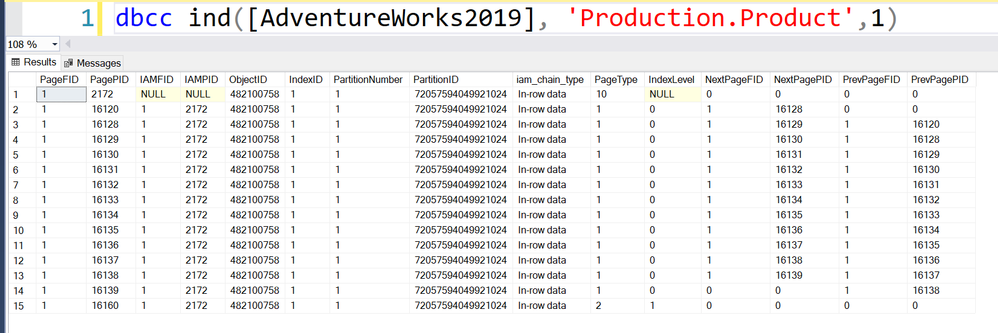
Please note, sample 0 is an exception. If you specify 0, SQL Server does not create histogram.
2.Tables that have more than 1024 pages
SQL Server guarantee that at least 1024 pages will be sampled. If the sample rate specified is less than 1024, SQL Server will replace it with 1024 pages. If it’s greater than 1024 pages, SQL Server will use following formula as sample rate:1024/Total Pages.
3.What if sample rate is not specified?
If the pages is greater than 1024, SQL Server picks up from smaller one from following two
For large table, the rows in the 1024 pages can be ignored.
A table has 1,000,000, then 15*power(1000000.0,0.55) =29929 rows will be sampled, almost 29929/1000000=2.9%
A table has 10,000,000, then 15*power(10000000.0,0.55) =106192 rows will be sampled, almost 106192/1000000=1.06%
Recent Comments